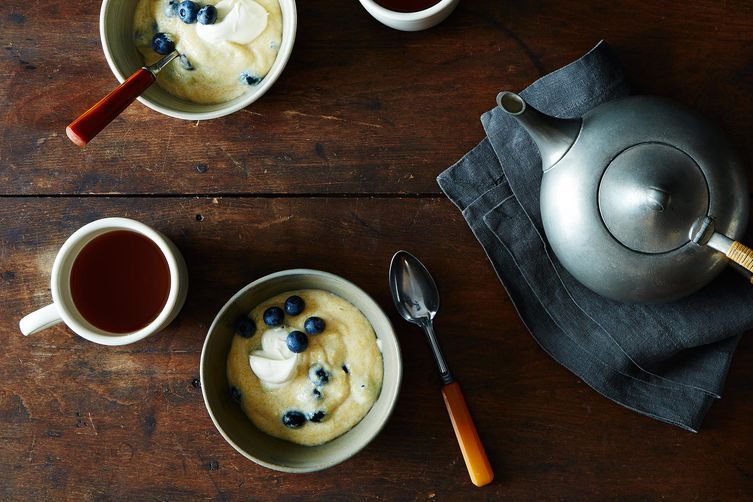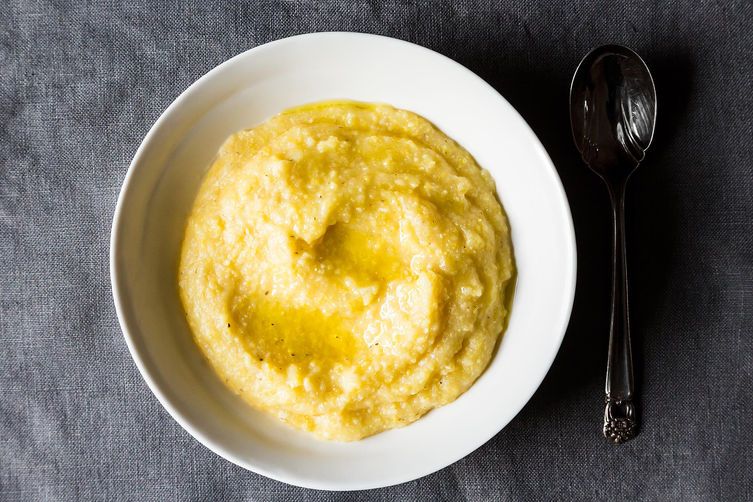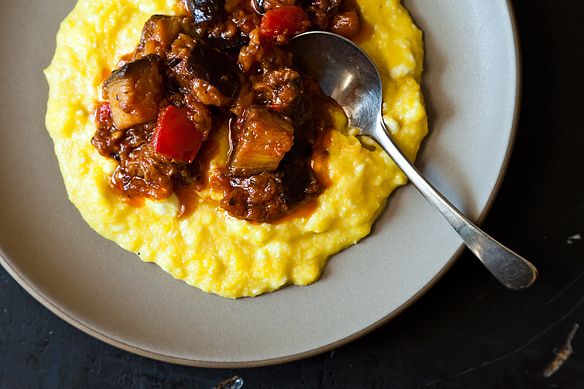Popular on Food52
3 Comments
cucina D.
August 13, 2014
i have been making polenta since my grandmother showed me her classic method with fresh cow's milk from her farm and lots of cheese for flavor. My own version is always using my homemade stocks (chicken, fish or beef) depending on the season and what protein we are serving. The flavors are wonderful and one of my ultimate favorites is using a mushroom stock and serving it with grilled mushrooms and vegetables. delicious.
AntoniaJames
August 13, 2014
I'd add to point #2, cooking with whey from Jennifer Perillo's homemade ricotta (recipe is here). An actual recipe for the polenta itself is here: https://food52.com/recipes/15115-herbed-and-roasted-ricotta-whey-polenta-with-fresh-ricotta-and-apples Also, although many recipes don't mention this, polenta turns out much, much better if you cover the pan tightly immediately after you think it's done, and let it sit in its own steam, ideally in a double boiler (which I use anyway because it's impossible to scorch it that way) for at least 30 minutes before doing anything with it. That allows the polenta to swell up, making it light and more flavorful. I believe I picked that trick up from the Judy Rodgers "Zuni Cafe Cookbook." ;o)
cucina D.
August 13, 2014
love the tips, AntoniaJames... my mammina and grandmother did the exact same thing by covering the cooked polenta for a period of time before serving, it's creamier and fluffier for sure :) grazie!






See what other Food52 readers are saying.